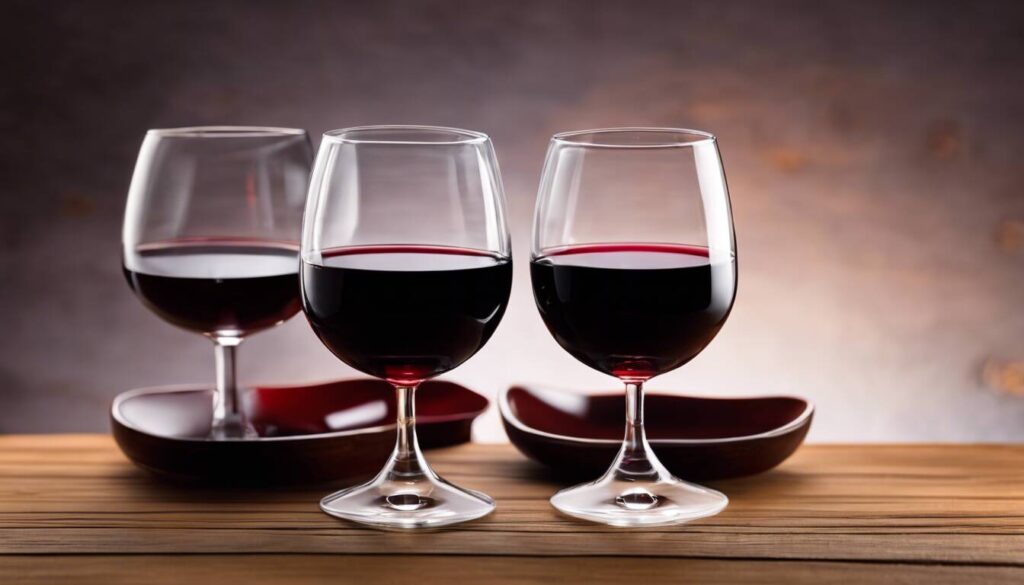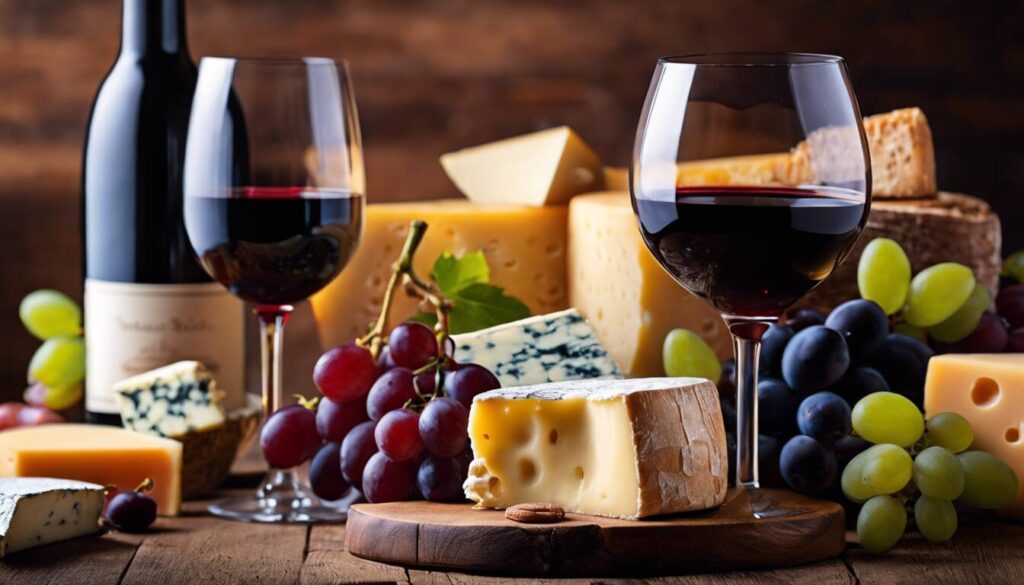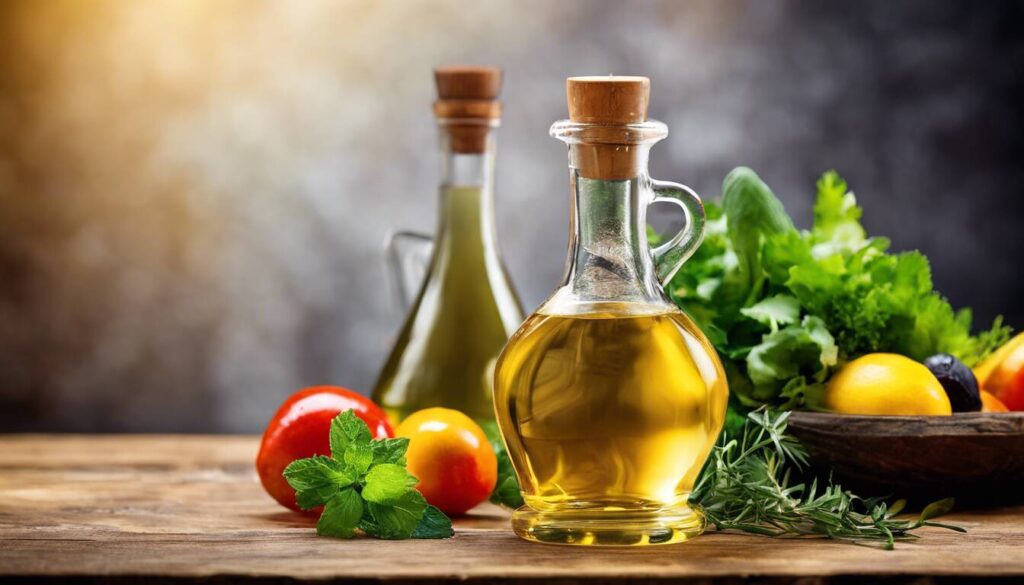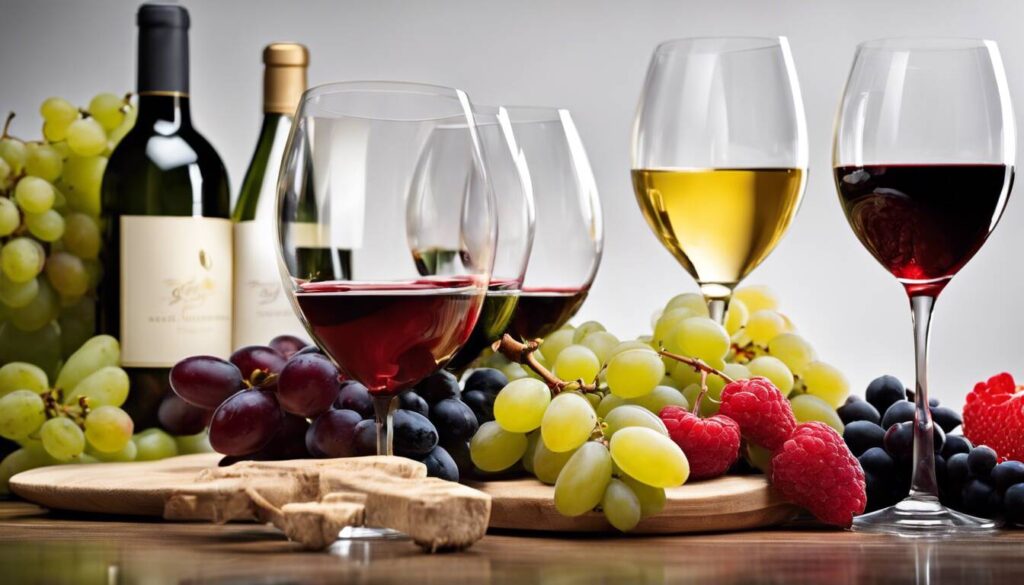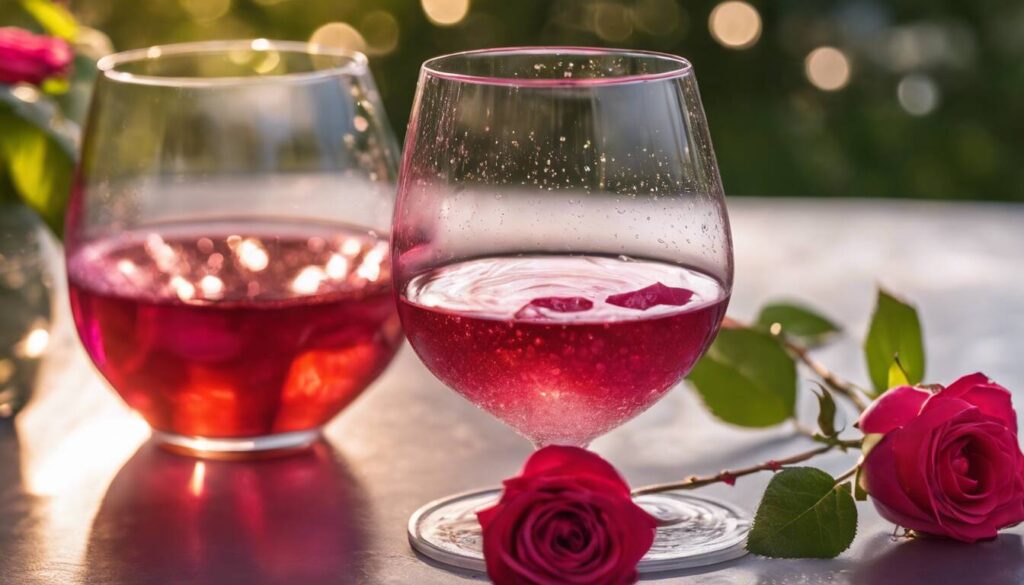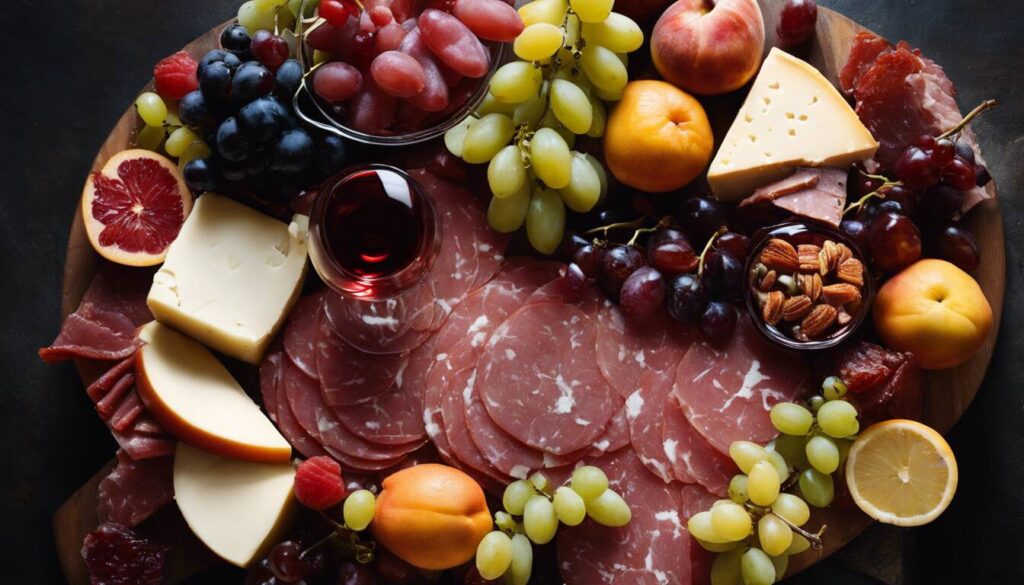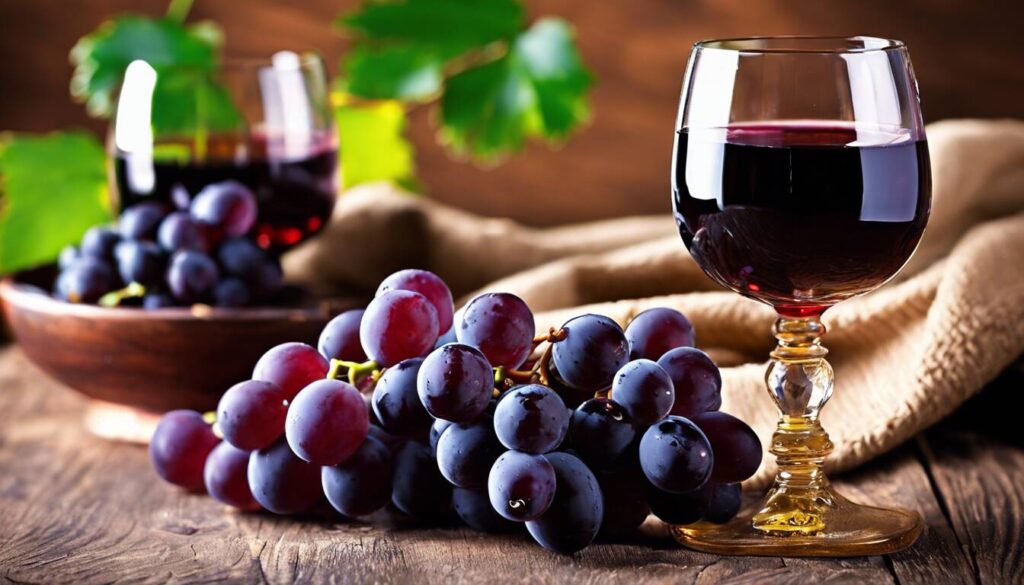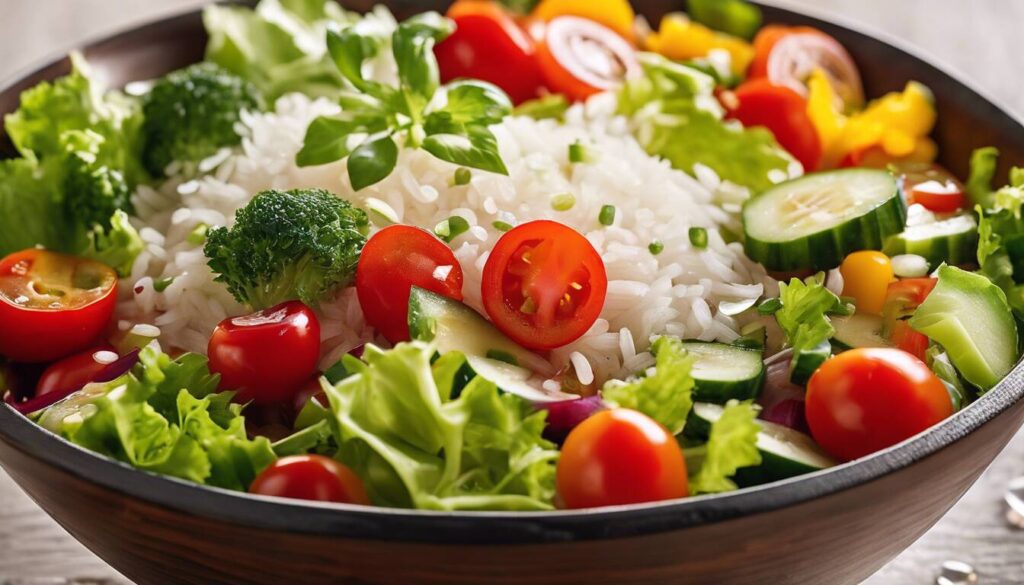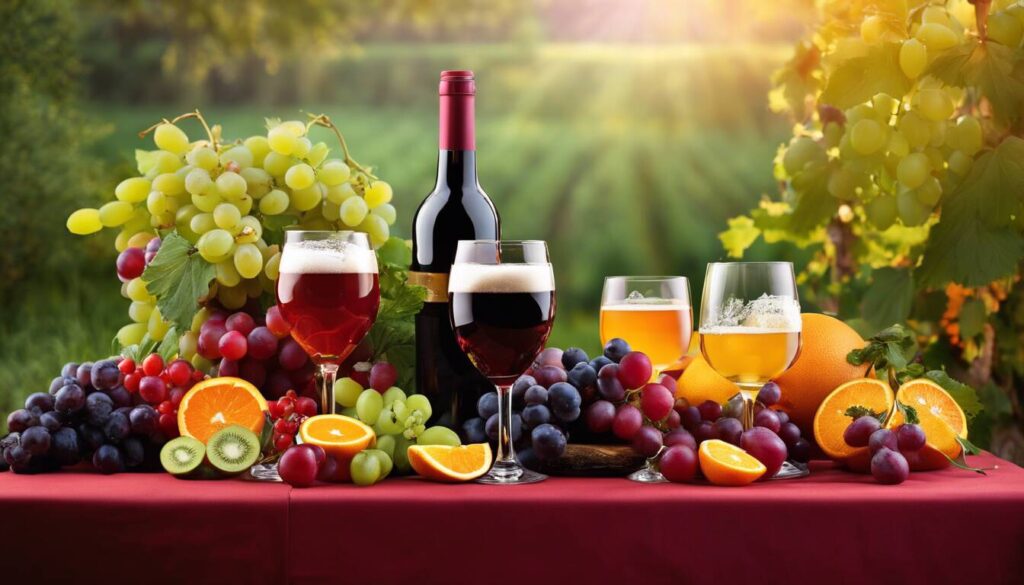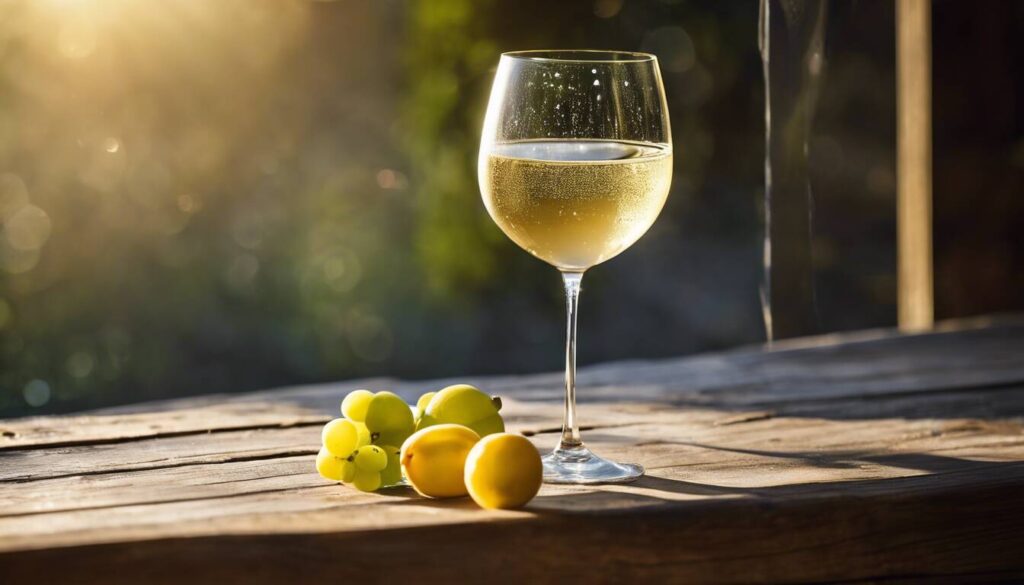The Surprising Health Benefits of Sake Compared to Red Wine
Sake and red wine, with their unique origins and processing, offer distinct benefits. Red wine is rich in antioxidants like resveratrol, promoting heart health, but presents more calories than sake. However, not all calories are created equal. Sake, a fermented rice wine from Japan, contains no sulfites, making it a fitting choice if you are […]
The Surprising Health Benefits of Sake Compared to Red Wine Read More »
